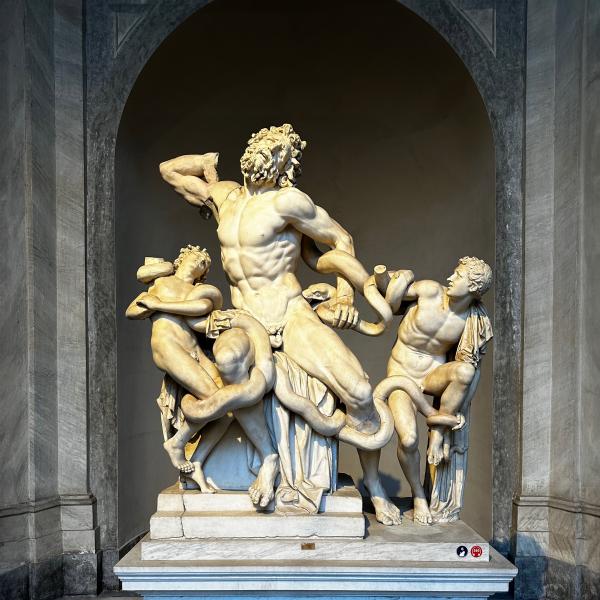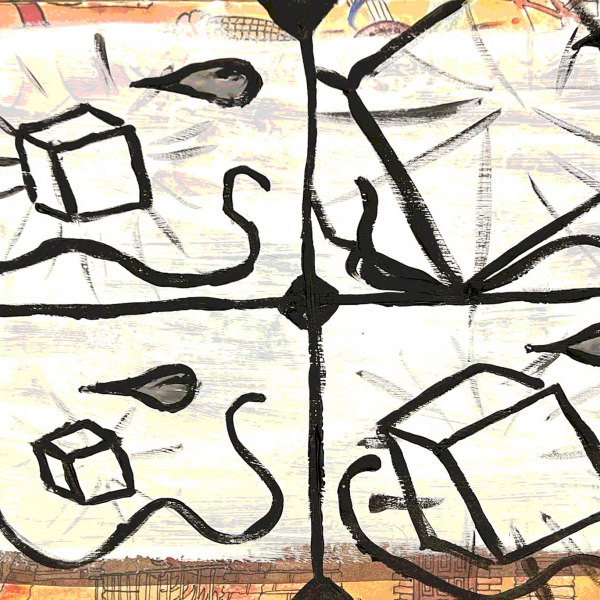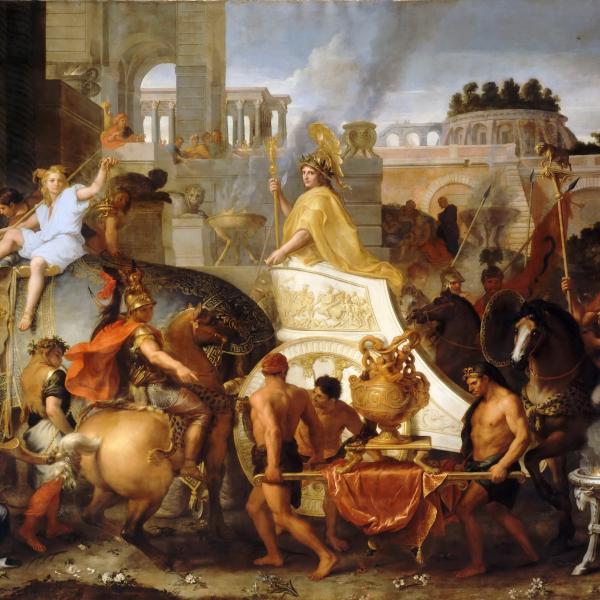By Rebecca Wanzo
Associate Professor of Women, Gender and Sexuality Studies
This week the photography staff of the St. Louis Post Dispatch won the Pulitzer Prize for their indelible images of the conflicts between protesters and members of local police forces and the Missouri National Guard. One of the more famous photographs depicts a young African-American man wearing an American flag shirt, his long dreadlocks flowing over his face and behind him as he is lit by the tear gas canister that he hurls back at the police. Some initial reports stated that he was throwing a Molotov cocktail, and while this has now been corrected by a variety of sources, the afterlife of this image and the role it will play in national memory and international perceptions of the event is still undetermined. How will the conflict be narrated? What will be remembered? What will be misrepresented? And what will be forgotten?
 The civil rights movement has taught us that some representations will be misrepresented, ubiquitous or absent from history books and national discourse about the movement’s heroes and meanings. “(Un)Civil Mediations: A Symposium on Civil Rights and Visual Culture” (April 23–25) takes up the role images play in the movement and its afterlife, exploring battles waged in the past and the present. As keynote speaker Leigh Raiford argues in Imprisoned by a Luminous Glare: Photography and the African American Freedom Struggle, Martin Luther King believed deeply in the power of images to shame people into acting, and also to demonstrate the capacity of African Americans to be full citizens. But the dominant images from the movement also “imprison — frame and ‘iconize’ — images of legitimate leadership, appropriate forms of political action, and the proper place of African Americans within the national imaginary.”
The civil rights movement has taught us that some representations will be misrepresented, ubiquitous or absent from history books and national discourse about the movement’s heroes and meanings. “(Un)Civil Mediations: A Symposium on Civil Rights and Visual Culture” (April 23–25) takes up the role images play in the movement and its afterlife, exploring battles waged in the past and the present. As keynote speaker Leigh Raiford argues in Imprisoned by a Luminous Glare: Photography and the African American Freedom Struggle, Martin Luther King believed deeply in the power of images to shame people into acting, and also to demonstrate the capacity of African Americans to be full citizens. But the dominant images from the movement also “imprison — frame and ‘iconize’ — images of legitimate leadership, appropriate forms of political action, and the proper place of African Americans within the national imaginary.”
This catch-22 haunts activists even now. “Visibility” is necessary if any social movement wants to gain attention, but circulation of images risks those representations narrowly framing a group or political project. And, more dangerously, activists often craft representations that can be easily assimilated into narratives of respectability or normativity. In this logic, people can gain attention because activists claim they deserve to be heard because they are [respectable/Christian/normative] like the people in power. But what about people who are not?
 And once these images are enshrined, the complexities of the moment in which the representations are produced are often lost. Few people model this like Martin Luther King Jr. By the time of his death, he was frequently accused of being ineffectual and out of touch. A Kansas City Star cartoon from Bill Sanders is illustrative of the treatment King was receiving in many newspapers prior to his murder. MLK is drinking from a bottle labeled “Anti-Vietnam,” and his face looks bloated. A little African-American girl wearing a dress bearing the words “Civil Rights Movement” tugs at his jacket coattails, crying. The caption is her voice pleading, “Father, dear Father, come home with me now!”
And once these images are enshrined, the complexities of the moment in which the representations are produced are often lost. Few people model this like Martin Luther King Jr. By the time of his death, he was frequently accused of being ineffectual and out of touch. A Kansas City Star cartoon from Bill Sanders is illustrative of the treatment King was receiving in many newspapers prior to his murder. MLK is drinking from a bottle labeled “Anti-Vietnam,” and his face looks bloated. A little African-American girl wearing a dress bearing the words “Civil Rights Movement” tugs at his jacket coattails, crying. The caption is her voice pleading, “Father, dear Father, come home with me now!”
After his assassination, the Martin Luther King who was enmeshed in anti-war, anti-poverty and pro-labor projects was lost to almost everyone but scholars and activists who remember his commitments. His “proper” place, as this cartoon advocates before his death, was as a black civil rights figure, and yet the afterlife of King means he is also appropriated as a national hero for a number of causes.
The debate over how King and the movement should be remembered also emerged again with the release of Selma in 2014. The main source of controversy in the press was the film’s treatment of Lyndon B. Johnson as insufficiently supportive of the movement and heroic, when the film’s larger historical issue might have been the minimization of the other local black leaders. That said, the film rightly celebrates King’s accomplishments. But what if we also remembered a King who died under attack and struggling for other projects that people perceived as pipe dreams? The troubling, oft-heard refrain, “we need a Martin Luther King,” suggests that we need someone who can unite and lead people to victory. But what if the King we enshrined in political memory was one who symbolized not only victory, but ongoing struggle and occasional failure and illegibility?
The civil rights movement is depicted, strangely, as too “civil” in the populist discourse that appears on news programs or in textbooks. Despite the widespread violence during the period familiar to us all, representations of the movement are often of respectable people in pristine white shirts who came together after reasoned debate and marched in an ordered way to justice that could not be denied once people saw the lack of civility directed toward them. And then victory was won, or so the story goes. But the historical record — including the visual archive — reveals more messiness, and much more incivility as a mechanism for change. Since people are reading the present in relationship to our social movement past, they would do well to foreground an archive that was, perhaps, expedient to forget.




